ATTIC INSPECTION
The Importance of Attic Inspections
Before you invest in a home, you need to get an accurate idea of the structure's overall health. This can require looking at many different details. With so much to consider, it is common for buyers to overlook the attic even though this area of the building often provides a look at the history of the home. The condition of the attic can reveal serious or potential problems that may have escaped the notice of the current homeowner. That is why the experts at Home and Commercial Inspections of Columbus, Ohio, highly recommend taking the time to inspect a home's attic before buying.
What to Look for During an Attic Inspection
Rafters and Trusses
While a roof inspection is a common and expected part of any home inspection, taking a look at the condition of the roof won't necessarily reveal any structural problems. The outside of the roof may look to be in good shape, but it may be hiding broken trusses or rafters. An attic inspection will help to identify any structural problems, including stress cracks, that could negatively affect the overall integrity of the home. It will also confirm that the correct size of lumber was installed to properly support the weight of the roof.
Fire Damage
If there has been a home fire, repairs may have covered the damage, and buyers will be none the wiser. However, the attic can provide clues as to whether there has been previous fire damage. Rafters that have been blackened by soot or painted over indicate damage, and this should be taken into consideration when purchasing a home.
Water Damage
Water damage is one of the most destructive threats that homes face. Inspectors will search the attic for stains on the wood rafters and supports and determine whether they were caused by old or ongoing roof leaks. They will also look for any signs of condensation or rust that are indications the attic has a water problem that could have caused major damage.
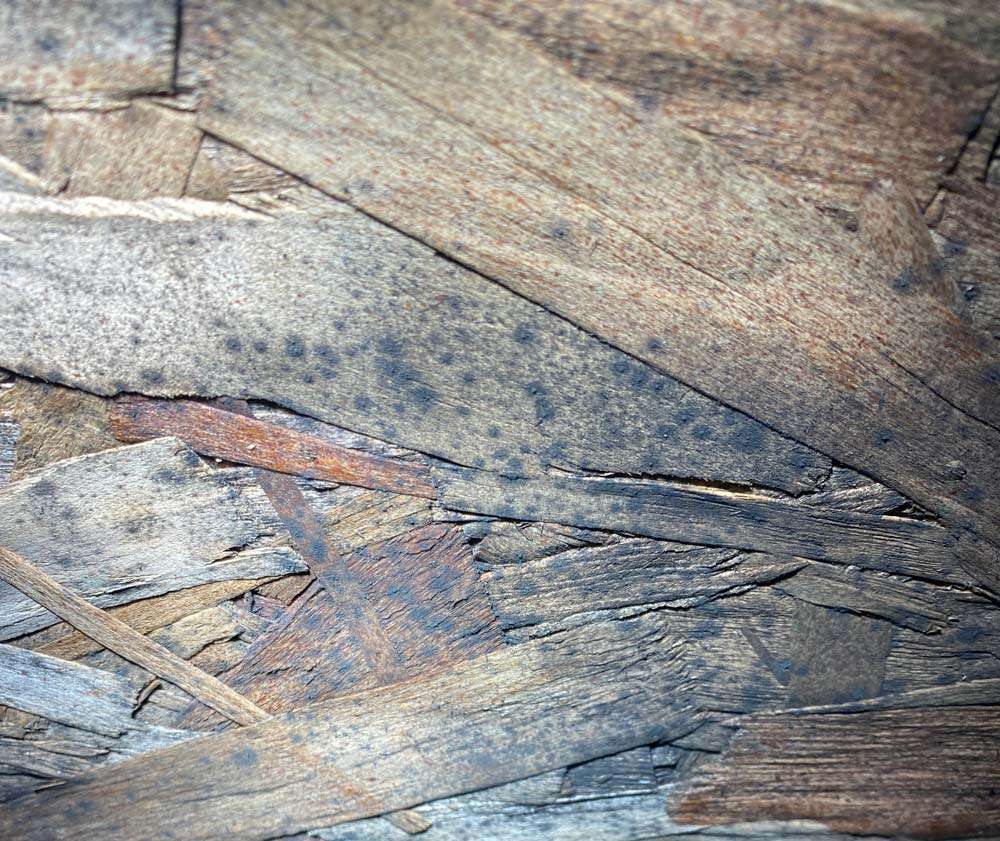
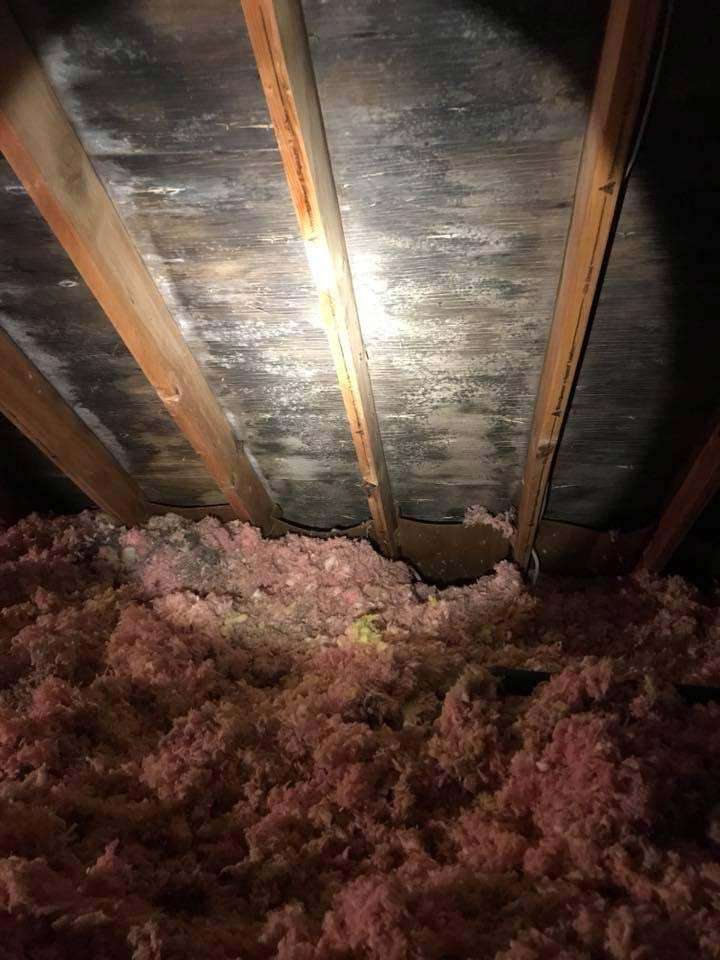
Chimney
A portion of the chimney is contained in the attic. It is essential to have this section inspected to make sure the structure is in good condition. Any cracks, crumbling mortar, or other signs of deterioration could mean repairs are necessary.
Attic Insulation
The attic plays a key role in the overall energy efficiency of your home. Attic insulation needs to be adequate and properly installed so you don't end up paying more in heating and cooling costs. A home inspector will be able to determine the R-value of your insulation and identify whether insulation batting has been installed in the right direction. The higher the R-value, the better the insulation performance, making it a critical rating to be aware of.
Signs of a Healthy Attic
- Proper ventilation. A healthy attic should be equipped with the appropriate roof, soffit, ridge, and gable vents to allow for airflow. Our home inspectors will make sure the right vents are in place, clear of any obstructions, and installed according to industry best practices.
- Ample insulation. At Home and Commercial Inspections, we recommend there is at least 10ʺ to 12ʺ of insulation in the attic.
- Clean sheathing. Excessive exposure to water and moisture can cause sheathing to rot or become moldy. These are sure signs the attic will need repairs.
- Sound trusses. Any wood supports in the attic should be free of cracks and not show signs of bowing.
At Home and Commercial Inspections, we work with homeowners and potential buyers in Columbus and throughout central Ohio to provide the best in thorough and professional home inspections. We go above and beyond to evaluate each home and create a definitive report on the health of each structure. Our experts look at every detail, including the health and condition of the attic, so everyone involved has all the knowledge they need to make informed decisions. Contact Home and Commercial Inspections today to learn more about the importance of attic health and schedule your home inspection.
The Importance of Attic Ventilation
Ventilation is a combination of intake and emission to create airflow. Successful attic ventilation makes the attic cooler in the late spring and drier in colder times of the year, protecting construction materials and design, decreasing energy use, and preventing ice damming.
Attic Ventilation
With inadequate ventilation, summer sunshine can create a buildup of heat in the attic space. On a 90°F day, the temperature in a poorly ventilated attic may rise to 140°F. An overheated attic combined with moisture can cause a variety of problems, including damage to the roof structure and shingles, which can twist and disintegrate. Excessive warmth stored in the attic can radiate into the living space below, making air systems, fans, fridges, and other appliances work harder. As a result, energy bills can surge.
Damp, warm air from the lower parts of a building can ascend into the loft during the colder months, mainly through spaces and gaps created by electrical and plumbing fixtures. Warm, moist air condenses on the surfaces of rafters, nails, and other metals, causing corrosion.
Using Exhaust Fans for Bathroom Ventilation
Use an approved end cap where the bathroom vent exits your house. Try not to vent shower steam directly into the upper story, hoping it will exit through another rooftop vent—shower steam causes dampness, which corrodes wood and other building materials. The exhaust from the fan should be vented directly to the exterior of the house.
Avoid placing the vent end in or near a rooftop overhang or soffit—the moist air emitted by the fan may be pulled directly up from the soffit vents and delivered into your attic.
Ideally, shower exhaust fan vents should be routed through a PVC pipe via the ceiling.
Ice Damming in the Attic
Icicles hanging from your home's eaves may look appealing, but they have negative implications. This is because the same conditions that allow icicles to form—snow-covered rooftops and frosty weather—also create ice damming: thick borders of hard ice that form along the overhang.
Dams can obstruct drains, cause shingles to fall off, and cause water to back up and flood your property. When this happens, the results aren't pretty: peeling paint, warped flooring, discolored and sagging roofs, and soaked insulation, which loses its R-value.
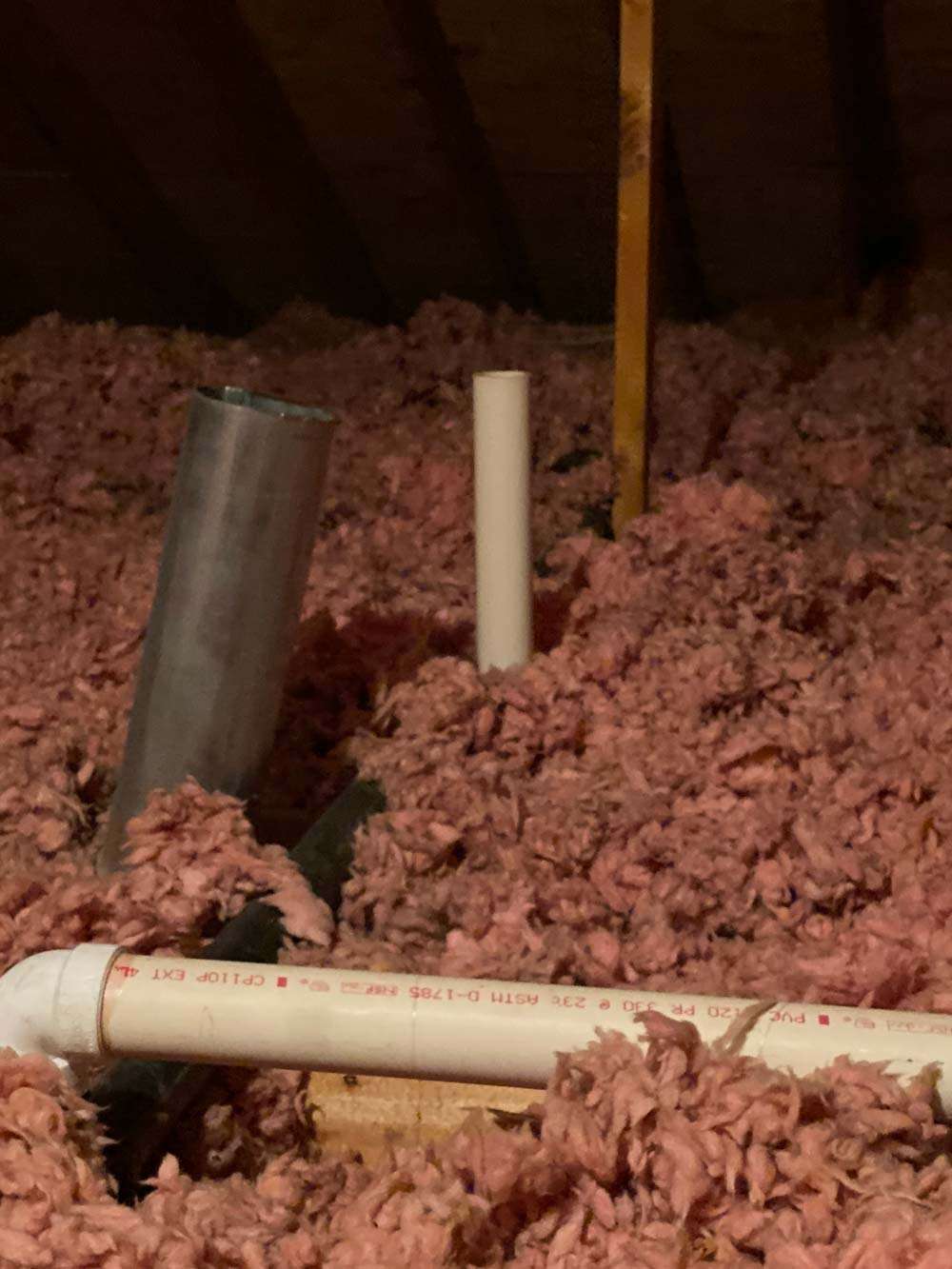
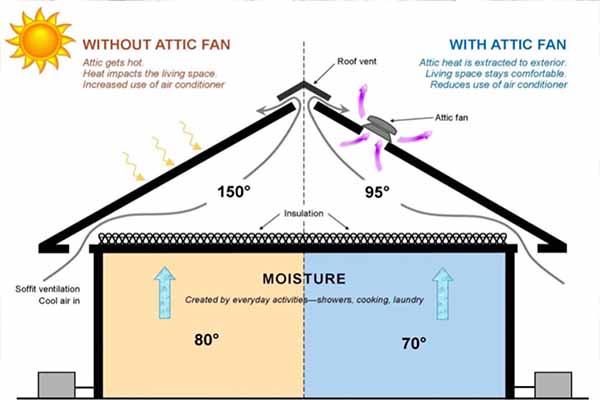
How to Prevent Ice Damming
Joined along the rooftop's edge in a crisscross, warmed cables can help prevent ice damming that can lift shingles and cause roof leaks. These cables allow you to adjust your rooftop's temperature by warming it from the outside rather than blowing heated air from within. Be sure to install the cables before the cold weather hits.
Ventilate the Eaves and Ridge
An edge vent, combined with regular soffit vents, circulates cold air beneath the whole rooftop. Edge and soffit vents should have the same size opening and provide at least one square foot of opening for every 300 square feet of attic floor. Place caulking at the overhang to ensure a clear path for airflow from the soffit vents.
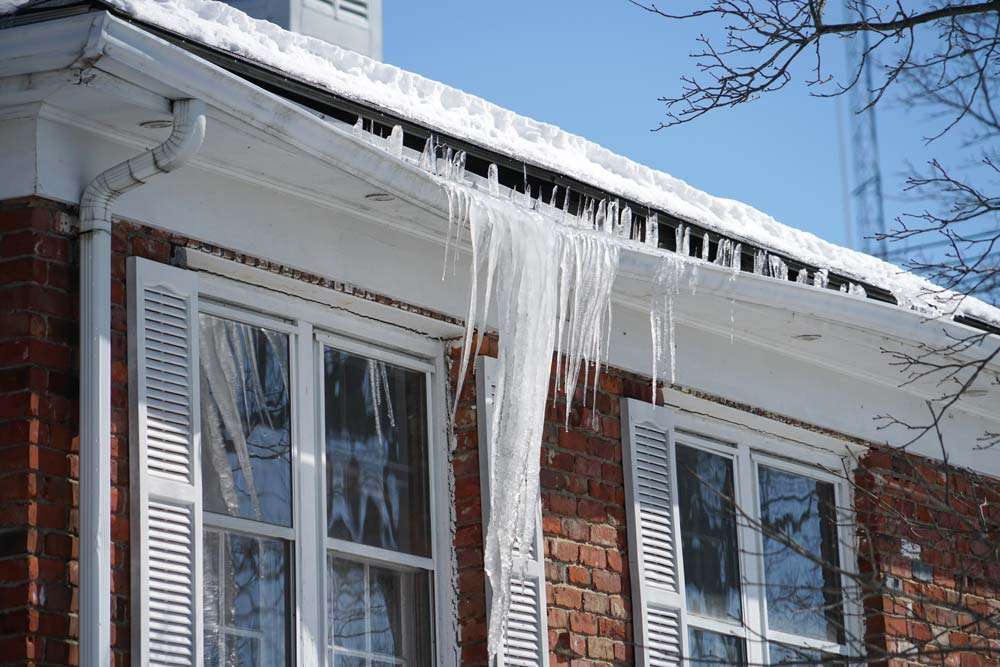
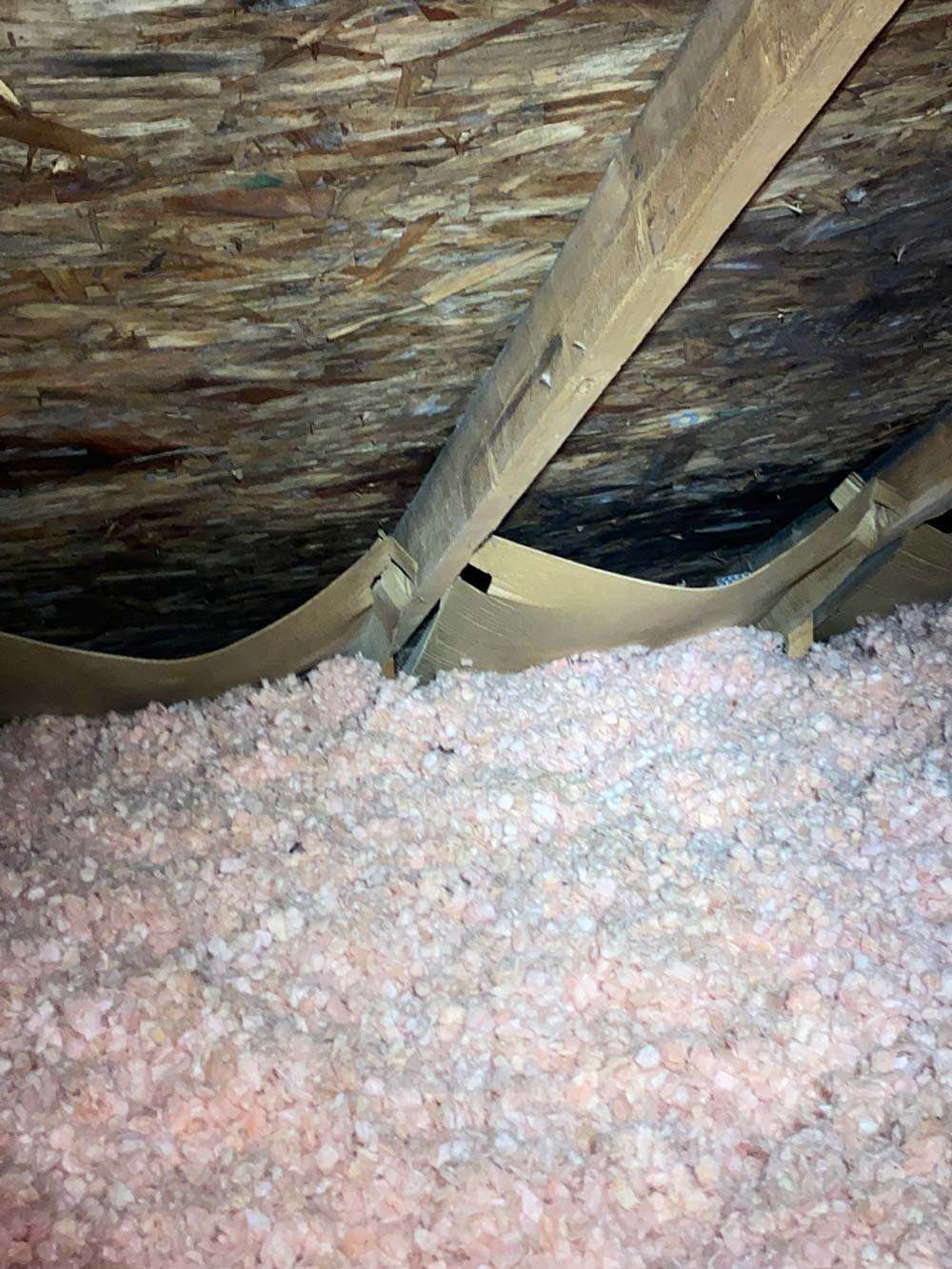
Conclusion
What is the purpose of attic ventilation? It appears to be a simple question with a straightforward answer. Surprisingly, this is not the case all of the time. Most property owners, and even some experienced developers and project workers, agree that the reason for attic ventilation is to remove heat that accumulates in the late spring. While this is true, what this answer ignores is just as important as what it includes. If you understand the principles of upper story ventilation, you recognize that a thorough venting framework gives year-round benefits.
During the warmer months, airflow aids in keeping attics cool. During the winter months, airflow reduces moisture, which helps keep storage spaces dry. It also prevents ice damming. Other reasons for good attic ventilation include increased comfort, protection against material and structural damage, and reduced energy use throughout each of the four seasons. The goal of attic ventilation design and construction should be to accomplish all these benefits.
Contact Home and Commercial Inspections today to help improve the ventilation in your central Ohio area home.

